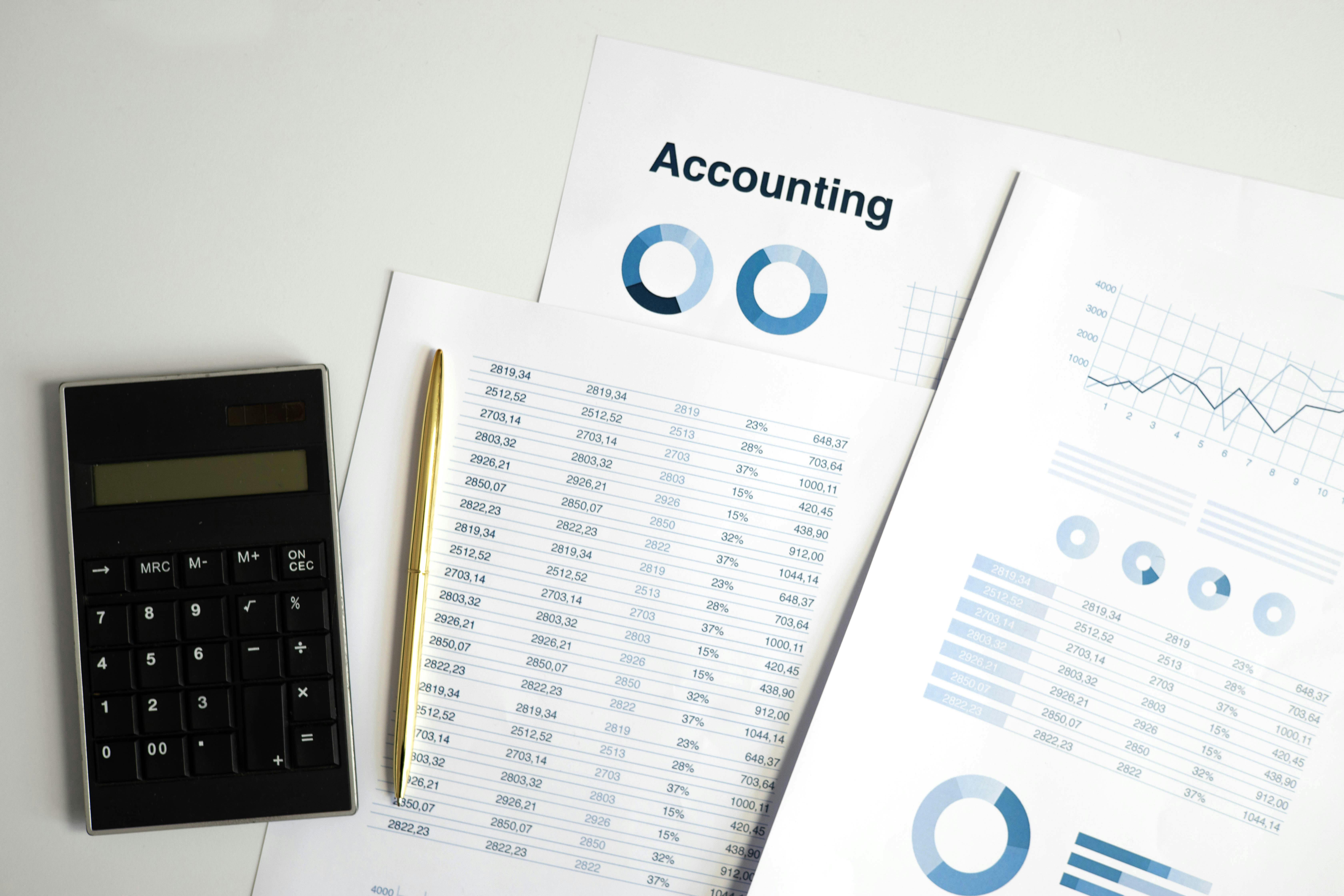Introduction
The three-statement model is a core financial model that links a company’s income statement, balance sheet, and cash flow statement.
Financial Statements
This is Financial Statement Paragraph Bacha. The balance sheet provides a snapshot of a company’s assets, liabilities, and equity at a specific point in time.
1. Balance Sheet
The balance sheet is an essential financial statement that shows the company's assets, liabilities, and equity. It represents the company’s financial position at a specific point in time.
2. Profit and Loss Statement
The P&L statement summarizes a company’s revenues, costs, and expenses to show the net profit or loss over a specific period of time.
3. Cash Flow Statement
The cash flow statement outlines the inflows and outflows of cash over a given period. It provides insights into the company’s cash liquidity and its ability to meet short-term obligations.

Model
his 3-statement financial model is designed to provide a comprehensive view of a company’s financial performance and projections over the next five years. The model includes three key components: the Profit & Loss (P&L) statement, the Balance Sheet, and the Cash Flow Statement. The P&L statement outlines projected revenue growth, cost of goods sold (COGS), operating profit, interest, taxes, and net income, with assumptions for revenue growth, SG&A expenses, and tax rates. The Balance Sheet includes assumptions related to equity, reserves, long-term debt, current liabilities, and accounts receivables, among others. It provides a snapshot of the company’s financial position each year, allowing for the calculation of key financial metrics
The Cash Flow Statement focuses on operating, investing, and financing activities, helping to assess the company’s cash generation, capital expenditures, and funding sources. Key assumptions include the depreciation schedule, capital expenditures (Capex), changes in working capital (receivables, payables, and inventory), and dividends. The model is built to forecast how cash will flow through the business, tracking the impact of changes in working capital, Capex, and financing activities on the cash balance. By consolidating these financial statements, the model provides a holistic view of the company’s projected financial health, helping stakeholders make informed decisions about its future.
Key Takeaways
- Mastering financial modeling is a powerful skill in finance.
- Understanding the interconnection between the three statements is crucial.
- Financial models provide insights that drive business decisions.
Mastering financial modeling can lead to greater career opportunities in investment banking, private equity, and more.
